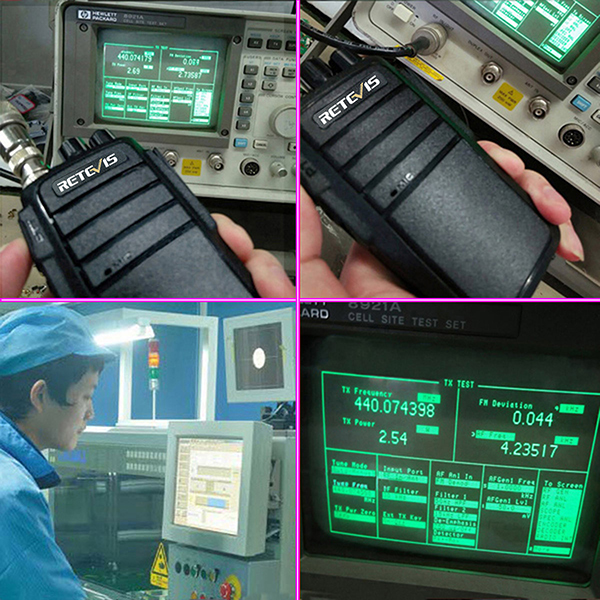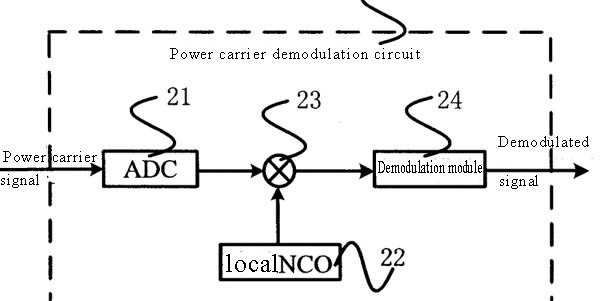Why are "modulation" and "mediation" required in radio communications? What are their respective roles?

Demodulation is the process of recovering a message from a modulated signal that carries information. In various information transmission or processing systems, the sending end modulates the carrier with the message to be transmitted, and generates a signal carrying this message. The receiver must recover the transmitted message before it can be used. This is demodulation.
In communication technology, modulation refers to the process of intentionally or unintentionally changing the quantity characterizing an oscillation or wave with the change of a signal or another oscillation or wave.

Why should "modulation" and "mediation" be carried out in radio communications?
1. Modulation is the main function of the transmitter bai, and modulation is du for the transmission of radio communications.
The function is to load the base dao band signal transmitted by zhi onto the carrier signal, and radiate it through the antenna in the form of amplitude modulation wave, phase modulation wave or frequency modulation wave.
2. Mediation is an important function of the receiver, and demodulation is for the reception of radio communications.
The function is to take out the original modulated signal of the received modulated wave, for example, to take out the original modulated signal from the amplitude change of the amplitude modulated wave. The original modulation signal is taken from the instantaneous phase change of the phase-modulated wave. The original modulation signal is taken from the instantaneous frequency change of the FM wave.
What is the role of "modulation" and "mediation"?
Demodulation process:
As the inverse process of modulation. Different modulation methods and different demodulation methods. Corresponding to the classification of modulation, demodulation can be divided into sine wave demodulation (sometimes called continuous wave demodulation) and pulse wave demodulation.
The demodulation process generally includes two main links:
First, move the spectrum with useful information near the carrier to the baseband, and then use the corresponding filter to filter out the baseband signal to complete the demodulation task.
Demodulation of pulse-modulated signals is relatively simple. For example, both pulse amplitude modulation and pulse width modulation signals contain large modulation signal components, which can be filtered out from the pulse modulated wave using a low-pass filter to achieve demodulation;
Some pulse modulated waves (such as pulse position modulation, pulse code modulation, etc.) have small modulation signal components, usually they are first converted into pulse amplitude or pulse width modulation signals, and then the useful signals are filtered out with filters.
Modulated signal components are not included in the sine wave modulated signal. When demodulating, frequency conversion should be performed first, and the useful signal spectrum contained in the sideband should be moved to the appropriate frequency band, and then the useful signal can be detected by using a filter or an appropriate device.
What are the respective roles of "modulation" and "mediation" in radio communications?
1. Signal modulation and mediation can move the signal spectrum du to any position, which is beneficial to the signal transmission of zhi, and dao makes full use of spectrum resources.
2. The role of modulation: It is to make the signals of the same frequency range rely on the carrier waves of different frequencies, and the receiver can separate the required frequency signals without interfering with each other.
3. The role of mediation is to restore the modulated signal.






